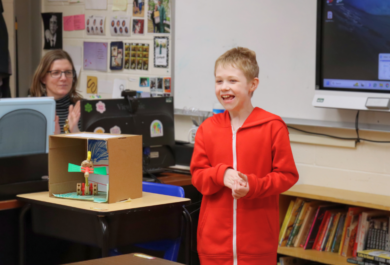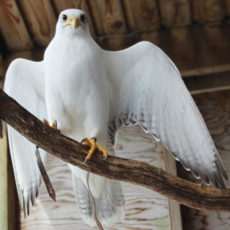Announcements


March 12, 2025
Home > Community Programs & Services > Outdoor Education & Activities > Clearpool Model Forest > Studying the Model Forest
The goal of the Clearpool Model Forest is to maintain a forest management program dedicated to promoting responsible forest stewardship in the lower Hudson Valley region. We pursue this goal by demonstrating sustainable approaches and sharing knowledge with students, teachers, landowners, forestry professionals, and conservation organizations. We build awareness and encourage action through hands-on outdoor education programs, seminars and field-based experiences at Clearpool and in the community.
The Clearpool Model Forest Management Plan includes sections of the forest that offer the greatest diversity for research and education. Data collection through short- and long-term studies provide valuable information about current plant and wildlife species, forest health, and topographical concerns. Improvement projects employ Best Management Practices (BMPs) to provide full-scale demonstrations for landowners to learn from and replicate on their own property.
Continuous Forest Inventory (CFI) plots have been permanently established throughout the forest, enabling long-term research to gather comprehensive data about many aspects of the forest. Tracking of overall forest health, individual tree health, growth and mortality, and understory vegetation will help determine needs and priorities for optimal forest management.
The New York City Department of Environmental Protection (DEP) conducted a wetlands inventory that included mapping, photographing, identifying flora, as well as soil types and hydrological features of Clearpool Model Forest. The study identified 20 wetlands, including the 9.3 acre pond, spring seep, a wet meadow, vernal pools, forested and shrub swamps, and a kettlehole bog, a unique and fairly rare peatland habitat. Interesting plant species uncovered include sphagnum moss and round leaf sundew.
In addition to an active annual sugaring operation, data has been collected from an area of sugar maples in order to manage the forest for a healthy sugar bush. Thought to be in decline, this section of trees is being studied by SUNY College of Environmental Science and Forestry to track changes and identify actions to preserve this valuable section of forest.
Black swallow-wort, a non-native invasive vine, was found along a hiking trail in the southeast corner of the property. An ongoing experiment to control the swallow-wort without the use of herbicide features a combination of weed whacking, hand pulling, tarping, and reseeding.
Recent improvements to a main road and trails within the Model Forest provide an educational model for stabilizing a gravel road and trails to properly control water run-off and minimize erosion. Open-top culverts, water bars, broad-based dips, and rubber belt deflectors have been built into a section of roadway, along a trail on the South side of the property, and a trail that runs on the North side.
Appropriate stream crossings for vehicles, or foot travel, are key to protecting water quality, keeping pollutants like soil, from entering the fresh water. Two bridge installations provide examples of a durable — and portable — solution for landowners who need access to multiple areas of their property. The bridges are designed to hold large trucks and equipment, and support heavy loads.

Crowned the best for falconry in medieval times, gyrfalcons were once reserved for kings. As the largest falcon in the world, with exquisite plumage ranging from bright white to deep charcoal, gyrs are revered for their powerful skill of flight. Their long wings make hunting waterfowl from 3,000-feet-high a feasible and fantastical feat. This falcon was flown in the sport of falconry for several years.